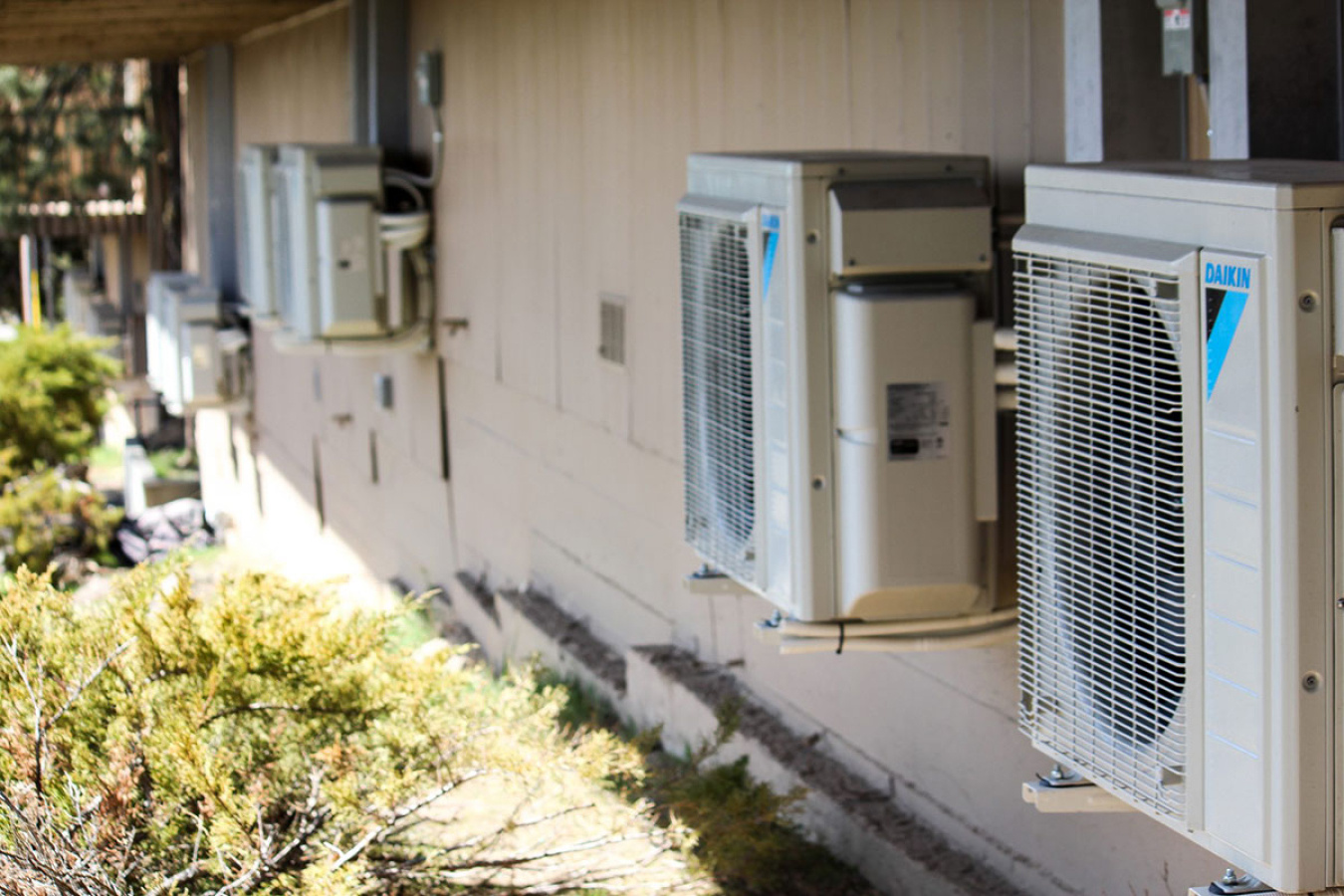In New Mexico, the state prioritized fuel switching in the hottest parts of the state, shifting homes from propane to heat pumps and allowing for cooling systems.
Weatherization Assistance Program
November 1, 2023
About the Project
In New Mexico, the state prioritized fuel switching in the hottest parts of the state, shifting homes that were heated with propane to all-electric heat pumps, which also provide space cooling.
Challenge
In many places with hot climates, a functioning cooling system can have a positive impact on health, but is also often expensive for clients due to high energy use. The New Mexico Mortgage Finance Authority (MFA), the state Weatherization Assistance Program agency, was looking for new ways to address cooling inequities, particularly in single-family homes.
Solution
MFA took several steps to expand access to cooling systems for their clients. First was including AC and evaporative coolers as an eligible health and safety measure within its state Weatherization Assistance Program plan, using eligibility in line with the U.S. Department of Energy’s guidance. They also looked for funding sources with greater flexibility, including the Low Income Home Energy Assistance Program and funding from local utilities.
An additional approach was to prioritize fuel switching for clients that use propane for heat, after obtaining U.S. Department of Energy approval. In New Mexico, many of these households had a higher energy burden. MFA transitioned these homes to electric heat pumps, which can provide both heating and cooling and are significantly more energy efficient.
Positive Impact
Although the addition of cooling can increase electricity bills for clients in hot weather months, MFA found that this was outweighed by the heating bill savings of the heat pumps compared to propane, with annual bills decreasing overall.
They also found that client education on maintenance and use was really important, both for clients to understand how their utility bills would change, but also to understand how the new technology might look and feel different.
This story was developed using content from a National Community Action Partnership conference presentation. Learn more about the agency here.

